Frieren, an immortal elf whose journey extends beyond battles and quests, is at the heart of a tale that’s as enigmatic as it is profound. Frieren: Beyond Journey‘s End is no ordinary fantasy saga. Instead of sword-swinging heroics, it offers readers a contemplative exploration of time, mortality, and the fleeting nature of existence. Through the ageless eyes of Frieren, the story unfolds in a blend of philosophy, humor, and a touch of melancholy, transcending typical genre boundaries. In a world where epic adventures often take center stage, it whispers a bittersweet reflection on life itself, wrapped in magic and mystery. Prepare to be taken on a unique journey that challenges, enchants, and resonates with the very core of the human experience – as the anime adaptation is just around the corner.
The Post-Adventure Storytelling in Frieren: Beyond Journey’s End
The post-adventure storytelling is not just a narrative technique; it’s the central framework that drives the entire plot and character development. By beginning the story after the main adventure, the manga subverts traditional storytelling expectations. Readers are immediately thrown into the aftermath, focusing on themes that are usually secondary or glossed over. Most adventure narratives center around the journey or battle. Here, the emphasis is on what happens once the heroes return home. This shift turns the spotlight on the characters’ inner lives and the societal consequences of their actions. Frieren’s immortality is juxtaposed with the mortality of her human companions. This contrast creates both humorous misunderstandings and profound reflections on the nature of time. As the human characters age and face the end of their lives, Frieren remains unchanged. Her immortality creates a sense of melancholy that permeates the story. The slow progression of time for Frieren, contrasted with the rapid aging of humans, is a constant reminder of her otherness. It emphasizes her struggle to understand something so fundamental to human existence, adding depth to her character. Though she’s physically ageless, Frieren’s emotional and intellectual journey is central to the narrative. Her struggle to comprehend human emotions leads to a complex inner exploration. As the story progresses, Frieren reflects on the adventure and her interactions with her companions. These reflections are often tinged with nostalgia and regret, emotions that add richness to her character and the overall narrative. The emotions stirred by the aftermath of the adventure also affect relationships between characters. Bonds are tested, strengthened, or transformed, reflecting realistic human dynamics that readers can relate to.
Relationships between characters naturally evolve in the aftermath of their grand adventure. Old friendships deepen, while some relationships grow strained, mirroring the complexities of real-life interactions. Frieren’s immortality adds a unique layer to her relationships with mortal beings. It creates an unbridgeable gap in understanding that both isolates her and makes her interactions more compelling. The mortality of her companions means that Frieren must deal with loss. Her reactions to their aging and eventual passing provide touching and profound insights into her character. The manga isn’t shy about delving into deep philosophical territory. It contemplates questions about existence, mortality, the meaning of life, and the nature of time, all seen through Frieren’s unique perspective. Frieren’s character development isn’t just emotional; it’s also intellectual. Her journey to understand human emotions and mortality is a philosophical exploration that adds depth to the story. While most adventure stories focus on physical quests, Frieren: Beyond Journey’s End offers a different type of adventure: an intellectual and emotional journey. Understanding emotions, coping with loss, and unraveling the mysteries of mortality become her new quests. Unlike a traditional quest with a tangible goal, Frieren’s journey is about personal growth. Her understanding of humanity and her emotional development become the true goals of her post-adventure journey.
Beyond their grand adventure, the manga explores how the characters are remembered and what legacy they leave behind. This exploration adds depth to the story, showing the characters in a broader historical and social context. Frieren’s immortality brings an interesting twist to the theme of memory. While others pass away, she becomes a living repository of memories, holding onto the history of her friends and their shared experiences. The story provides insights into how the world changes after the defeat of a major antagonist. It’s not just a “happily ever after” ending; the manga explores the consequences and the adjustments society must make. By focusing on the aftermath, world-building becomes more complex and nuanced. Political shifts, societal changes, and their impact on everyday people are all explored, making the world feel more real and interconnected. The world-building is interwoven with character development and theme exploration. It’s not just about creating an elaborate fantasy world but using that world to deepen the story and the characters. The constant theme of time passing, and the fleeting nature of human life, lends the manga a poignant, melancholy tone. It’s a reminder of the transience of life, something that resonates with readers. Frieren’s immortality, rather than being portrayed as a blessing, often feels like a curse. Her inability to grow old with her friends, and her eternal remembrance of lost companions, add to the story’s bittersweet flavor. The melancholy is not just a superficial tone but an integral part of the story’s emotional resonance. It adds weight to the narrative, making it more moving and memorable.
Existential Exploration
Through Frieren’s immortal perspective, the manga questions what it means to exist and to be human. The exploration goes beyond mere survival, delving into the essence of living and experiencing life. Frieren’s struggles to understand human emotions, especially in the context of mortality, give rise to profound existential queries. Her detachment from emotions like fear and joy that are linked to mortality creates an intriguing emotional landscape. Frieren’s interactions with mortal beings lead her to ponder the meaning and purpose of life. This exploration of existential themes adds philosophical depth to the story, engaging readers in thought-provoking questions about life’s value and significance.
Frieren’s perception of time is vastly different from that of her human counterparts. Decades might feel like mere moments to her, while humans perceive time in a linear and finite manner. This contrast creates both comic misunderstandings and heartfelt reflections on the nature of time itself. While human characters age and pass away, Frieren remains unchanged. Her eternal youth becomes a symbol of her disconnection from the human experience, emphasizing the isolation and alienation that come with immortality. Time isn’t merely a background element in the story; it’s central to the narrative’s structure and themes. The unfolding of time affects relationships, character development, and the overall tone of the story. It’s both a constant reminder of Frieren’s otherness and a universal theme that resonates with readers. The unique perspective on time allows the manga to take a more reflective and meditative approach to storytelling. It’s not about rapid plot progression but a slow, thoughtful exploration of characters and themes, giving space to contemplate and absorb the narrative.
A Balance of Humor and Melancholy
Frieren is not a one-dimensional character. Her immortality and alien-like perspective on human emotions and time create a multifaceted character that evolves throughout the story. Her journey to understand human feelings and mortality is a rich vein for character development. Even the supporting characters are fleshed out with personal histories, motivations, and unique perspectives. Their interactions with Frieren contribute to her growth and deepen the reader’s connection to the world. Rather than focusing on physical battles, the manga emphasizes emotional growth. Frieren’s gradual understanding of feelings like love, sorrow, and joy adds to her depth and makes her journey relatable and touching. Alongside emotional growth, Frieren’s philosophical inquiries and reflections contribute to a more profound character depth. Her musings on existence, mortality, and time add an intellectual dimension to her character. Frieren, as a female protagonist, is not defined by traditional gender roles or relationships. Her character development is centered around intellectual and existential understanding rather than romantic entanglements, challenging common female character tropes in the genre.
Despite the often heavy and philosophical themes, the manga is peppered with moments of levity. Frieren’s misunderstandings of human customs, her unique perspective on time, and her candid reactions to the human world often lead to humorous situations. Alongside the humor, there’s a constant undertone of melancholy. Themes like mortality, loss, isolation, and the transience of life lend the story a bittersweet flavor. This mix of humor and melancholy creates a rich emotional tapestry. Frieren’s immortality allows for a unique blend of humor and sadness. Her eternal youth contrasts sharply with the aging and eventual loss of her friends, creating situations that are both amusing and heartbreaking. The balance between light-heartedness and melancholy mirrors the complexity of real human emotions. It creates a resonant narrative that can be both uplifting and reflective, adding to the authenticity and relatability of the story. The portrayal of an immortal being struggling to understand human emotions is an unconventional take on character development. It breaks the stereotype of the all-knowing, wise elf by adding layers of vulnerability and curiosity. Rather than glorifying or sensationalizing death, the manga treats it with thoughtful reflection. This nuanced approach to mortality deviates from typical representations of death in fantasy, adding a touch of realism and existential gravitas.
The Bittersweet Nature of Life
The art style is both beautiful and expressive. Its illustrative quality adds to the story’s atmosphere, enhancing the emotional impact and the themes’ resonance. While Frieren’s character is often depicted as stoic and unreadable, subtle changes in her expressions and body language are brilliantly captured in the art, communicating her emotional growth and internal struggles. The artistic representation of time, especially from Frieren’s elongated perspective, is a unique visual feature. Visual cues like seasonal changes and the aging of human characters contrast with Frieren’s unchanged appearance, reinforcing the story. The art masterfully incorporates fantastical elements without overwhelming the human aspects of the story. The balance between the mundane and the magical enriches the narrative and the visual experience. Symbolic imagery is used to represent abstract concepts like time, mortality, and existential pondering. This adds a layer of depth and invites readers to think more deeply about the story’s underlying messages.
Frieren breaks away from the stereotypical depiction of elves as wise, all-knowing beings. Instead, her naïveté about human emotions and mortality adds complexity and freshness to her character. Immortality is often portrayed as a desirable trait in fantasy literature. Frieren: Beyond Journey’s End turns this on its head, portraying the isolation and emotional detachment that can accompany eternal life. This focus on introspection and the human condition breaks away from typical fantasy narratives centered on battles and conquests. The story’s pace allows for contemplation, reflection, and the gradual unfolding of existential themes, prioritizing substance over spectacle.
While Frieren is an immortal elf, her struggles to understand human nature and her gradual emotional growth make her a surprisingly relatable character. The human characters, too, are portrayed with depth and authenticity, allowing readers to see themselves in them. The blend of humor and melancholy, coupled with its focus on loss and the passage of time, creates a bittersweet narrative that many find touching and reflective of life’s complexities. The storytelling is not just plot-driven; it’s emotionally engaging. Readers are invited to empathize with Frieren’s loneliness, celebrate her growth, and ponder the philosophical questions she grapples with. By focusing on ordinary, everyday experiences and emotions rather than grand battles or epic quests, the manga connects with readers on a deeply human level. It finds beauty and meaning in simplicity, something that resonates with many.
The anime will premiere on the 29th of September 2023 with a special two-hour episode. Studio MADHOUSE is animating it under the direction of Keiichiro Saito, who was recently a part of projects like Wonder Egg Priority and Bocchi the Rock!. The ambitious staff is completed with the legendary Evan Call, a composer known for his work on titles such as Violet Evergarden.
Do you look forward to the release of the Frieren anime?
© Yamada Kanehito, Abe Tsukasa /Shogakukan / “Sousou no Frieren” Production Committee
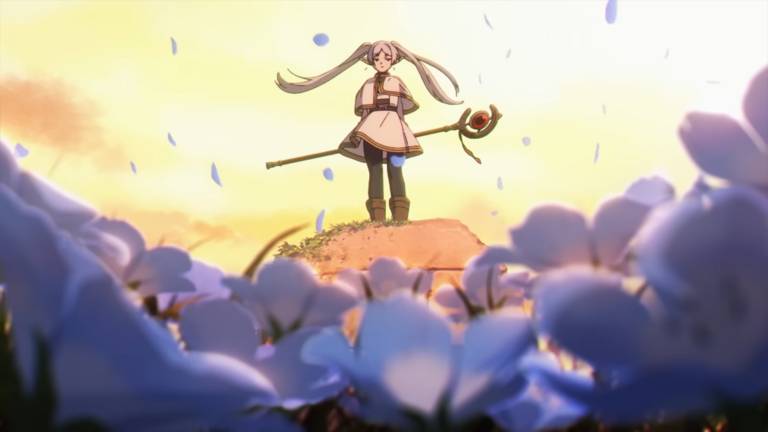
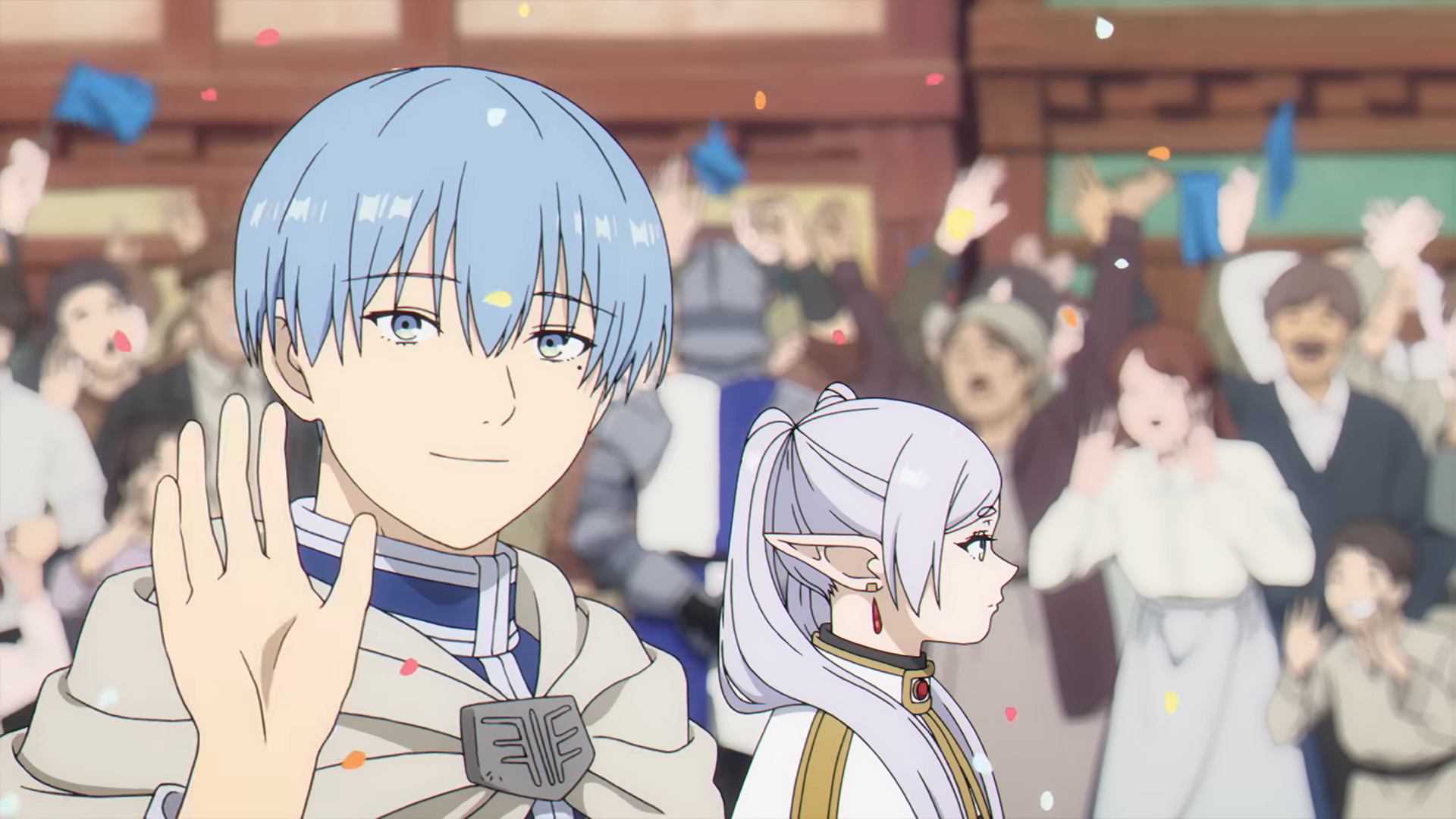
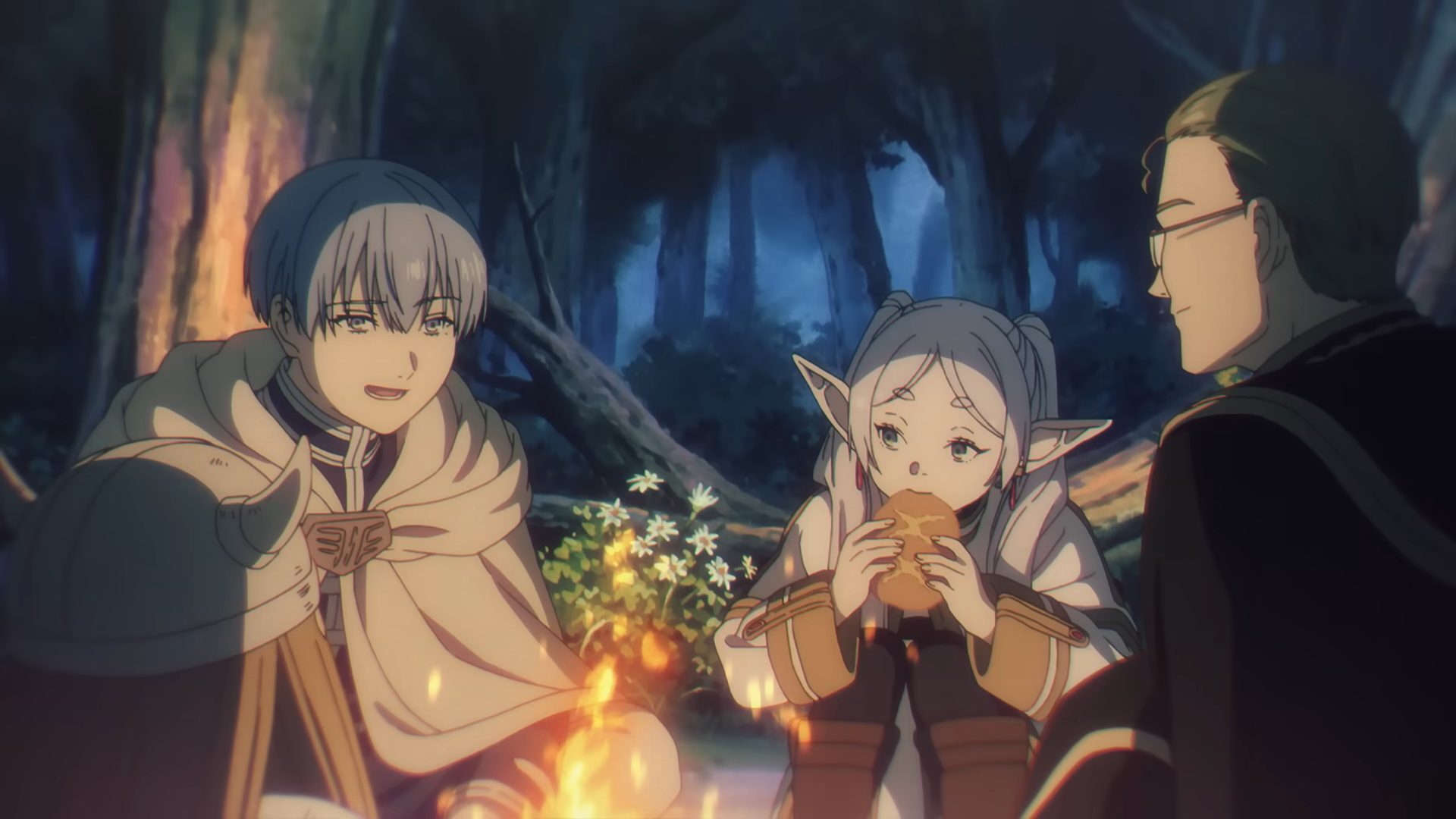
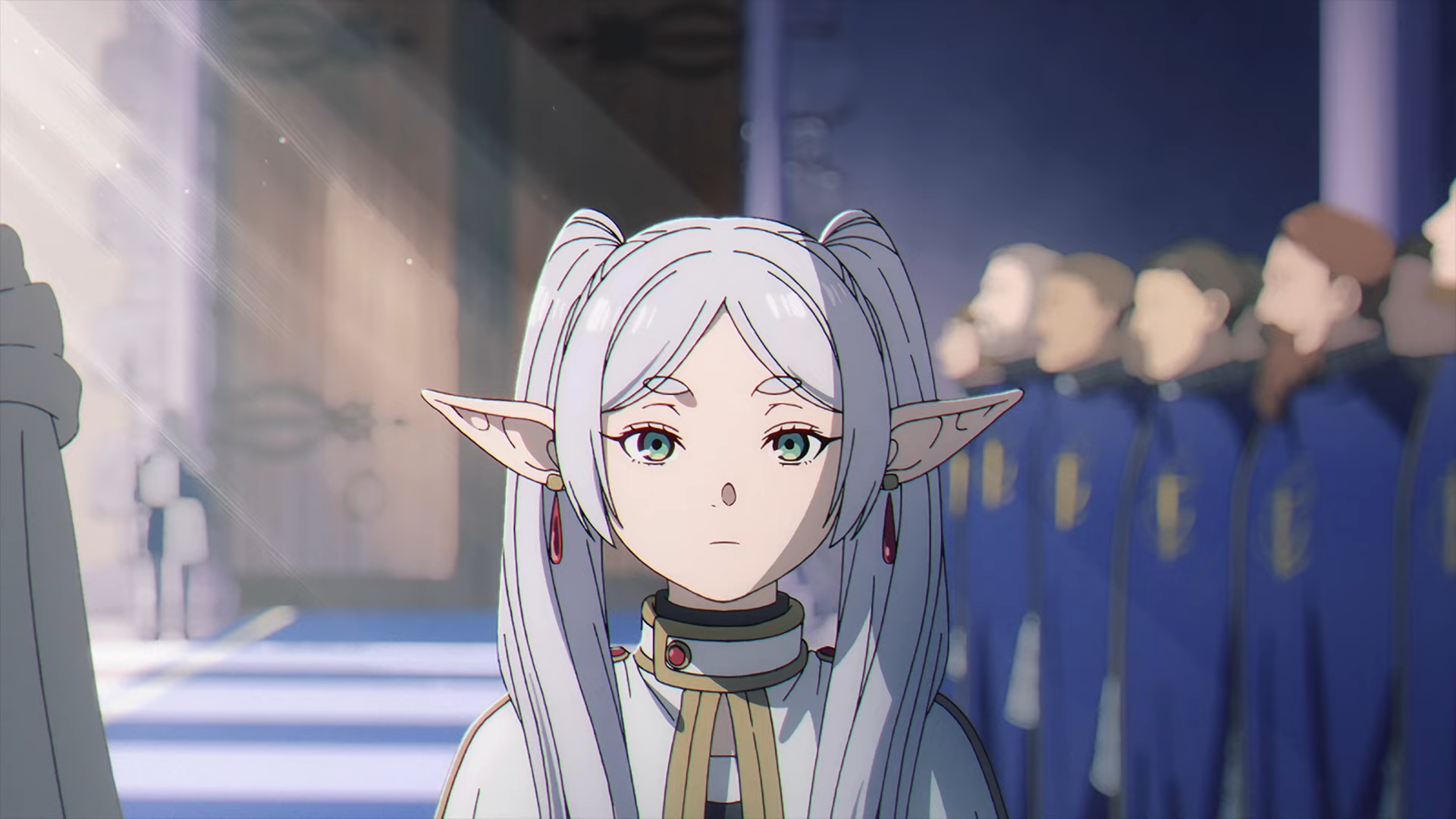
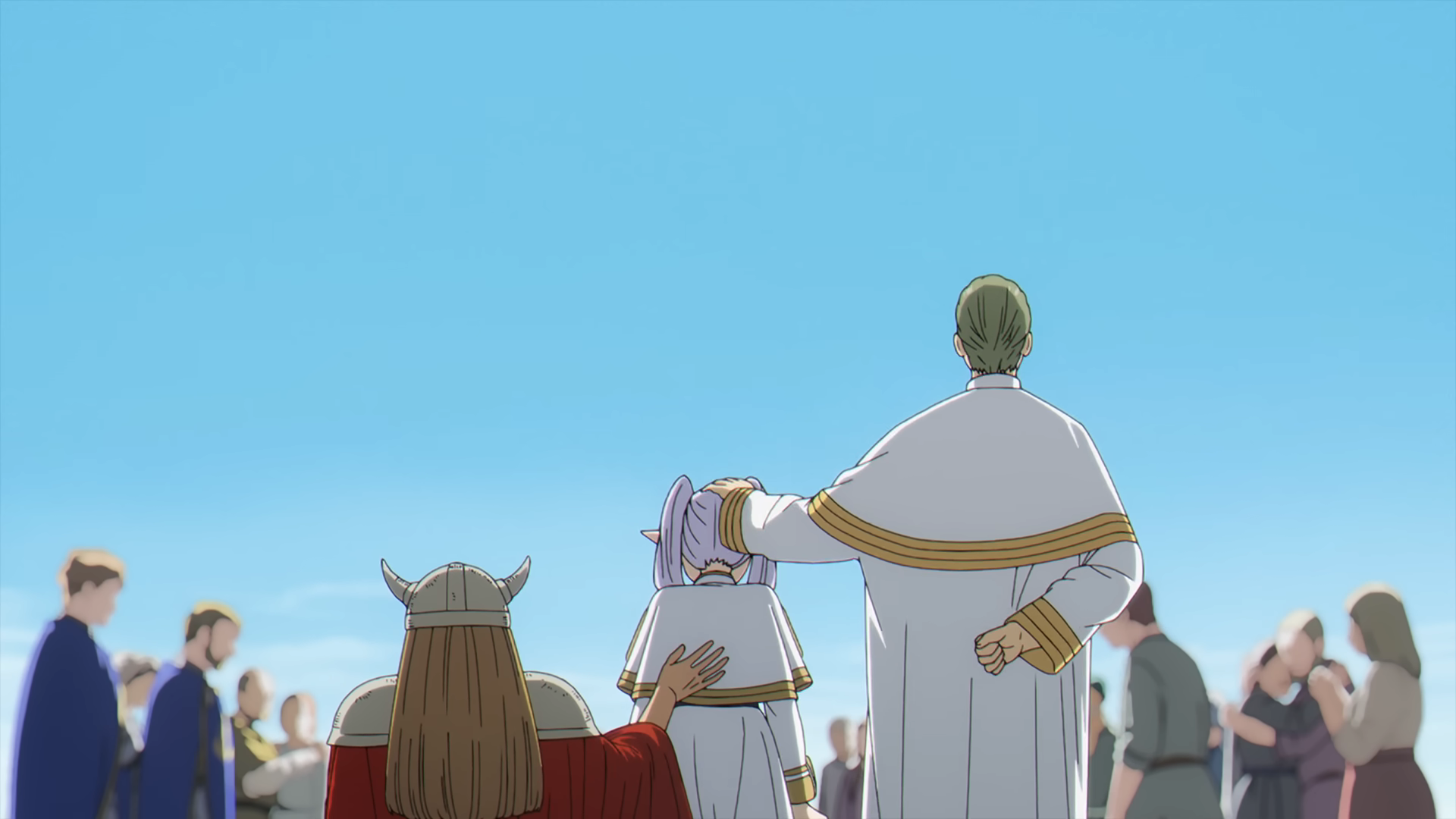
Participate In Discussions